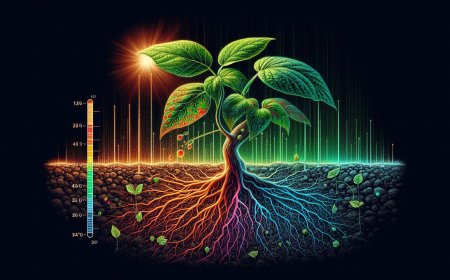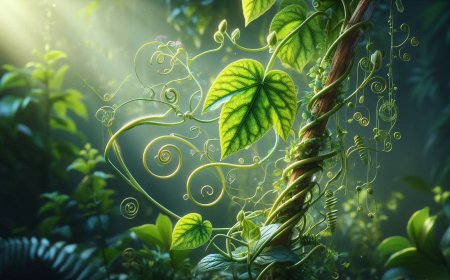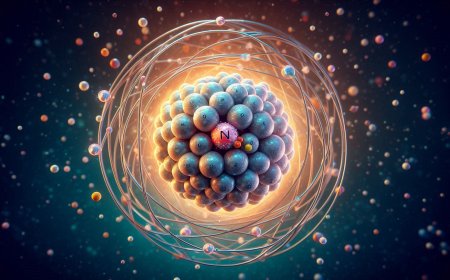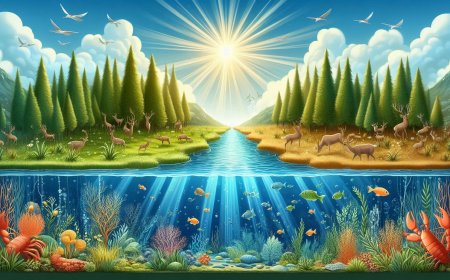The Giants and Miniatures of the Plant World: Meet Rafflesia, the Largest Flower, and Wolffia, the Smallest
Explore the fascinating extremes of the plant kingdom, from Rafflesia, the world’s largest flower, to Wolffia, the smallest. Learn about their unique features and habitats.
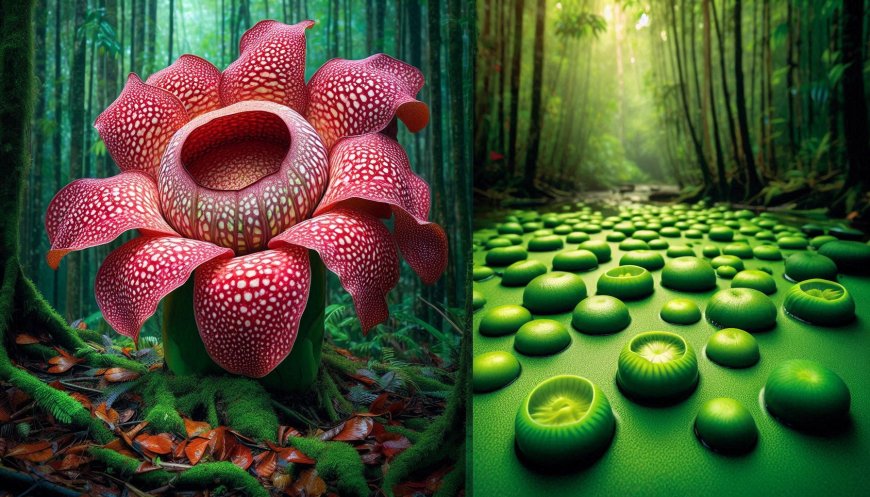
The plant kingdom is full of wonders, and among its many marvels, two flowers stand out for their extreme differences in size. At one end, we have Rafflesia, the world’s largest flower, which can grow up to three feet in diameter and weigh up to 15 pounds. On the opposite end of the scale is Wolffia, also known as watermeal, the smallest flowering plant on Earth, barely visible to the human eye and smaller than a grain of rice. This contrast between Rafflesia and Wolffia highlights the incredible diversity of nature and invites us to explore their unique characteristics and fascinating biology.
Rafflesia: The Titan of Flowers
Rafflesia arnoldii, native to the rainforests of Southeast Asia, is often called the "corpse flower" due to its unique smell. The massive bloom releases an odor reminiscent of rotting flesh to attract carrion flies, its main pollinators. The flower is bright red with speckled white dots and has a central diaphragm that resembles a dark pit, all of which serve to draw flies to its center.
Interestingly, Rafflesia is a parasitic plant. Unlike most plants, it lacks chlorophyll, meaning it cannot photosynthesize. Instead, it relies entirely on a host plant, usually a vine from the grape family, to obtain nutrients. The relationship is complex and not fully understood, but this adaptation allows Rafflesia to conserve energy and resources, which it channels into producing its enormous flower. Despite its striking appearance, Rafflesia is an elusive species, blooming only for a few days before it quickly wilts. This rarity, coupled with its size and unusual biology, makes it one of the most fascinating subjects in botany.
Wolffia: The Tiny Titan of Water Plants
At the opposite extreme is Wolffia, often known simply as watermeal. Wolffia species are part of the duckweed family and are commonly found floating on freshwater surfaces around the world. Each Wolffia plant is a tiny green oval, typically less than a millimeter in length. It is so small that a dozen of these flowers could fit on the head of a pin!
Despite its minuscule size, Wolffia is a flowering plant and produces a minuscule, almost microscopic flower with a single stamen and pistil. Wolffia’s diminutive size is an advantage, as it allows the plant to float on water and absorb nutrients directly from its surroundings. Wolffia also has a remarkable growth rate, making it an important part of some aquatic ecosystems and even a potential food source for humans due to its high protein content.
The Diversity of Plant Life: A Reflection of Nature’s Adaptability
The striking size difference between Rafflesia and Wolffia illustrates the incredible adaptability and diversity of flowering plants. Rafflesia has adapted to thrive in a specific rainforest ecosystem with the help of a host plant and a unique pollination strategy, while Wolffia is optimized for rapid growth and survival in nutrient-rich freshwater environments. Both plants challenge our typical ideas about flowers, demonstrating that beauty and intrigue in nature come in all shapes and sizes.
From the giant Rafflesia to the tiny Wolffia, the plant world reveals how size, shape, and structure are shaped by environmental pressures and evolutionary history. These flowers serve as a reminder of the remarkable complexity and ingenuity of the natural world. Whether in a remote rainforest or a freshwater pond, life finds a way to flourish—and does so in extraordinary ways.
What's Your Reaction?







